Rudbeckia Seeds

- Free worldwide shipping on all orders over $100
- Delivers in: 3-7 Working Days Shipping & Return
🌼 What Are Rudbeckia Seeds?
Rudbeckia seeds grow into cheerful, daisy-like flowers commonly known as Black-eyed Susans. Belonging to the Rudbeckia genus and native to North America, these hardy plants are prized for their golden petals and contrasting dark centers. They bring vibrant color to gardens from mid-summer to fall and attract pollinators, making them both beautiful and beneficial.
1.🌿 Botanical Features
-
Seed Shape: Tiny, elongated, brown-black
-
Flower Colors: Typically bright yellow or golden with a dark brown or black cone center
-
Bloom Form: Daisy-like with a raised center cone
-
Plant Height: 1 to 3 feet tall (some varieties can reach 5 feet)
-
Foliage: Coarse, green leaves that are lance-shaped or oval
-
Germination: 7–14 days in warm, moist soil
-
Growth Habit: Upright and bushy, forming clumps
2.🍽️ Culinary & Traditional Uses
Rudbeckia is not edible and is primarily used for ornamental and ecological purposes.
-
Ornamental Uses:
-
Ideal for borders, wildflower gardens, and naturalized meadows
-
Excellent for cut flower arrangements
-
-
Pollinator Magnet:
-
Attracts bees, butterflies, and beneficial insects
-
3.🏥 Medicinal & Practical Benefits
-
Traditional Use (by Native Americans):
-
Used in folk remedies to treat colds, infections, and snake bites
-
Roots were sometimes used similarly to Echinacea (a close botanical relative)
-
-
Modern Use:
-
Mostly ornamental today, with ecological benefits for pollinator habitats
-
4.🌱 Growing Rudbeckia from Seed
Step-by-Step Guide:
Sow Indoors (Optional):
-
Start 6–8 weeks before the last frost
-
Sow seeds on the surface—light is needed for germination
-
Maintain soil temperature at 18–22°C (65–72°F)
Direct Sow Outdoors:
-
After frost danger has passed
-
Press seeds gently into soil; don’t cover deeply
-
Thin seedlings to 12–18 inches apart
Soil & Water:
-
Tolerates poor soil but prefers well-drained, moderately fertile soil
-
Water regularly until established; becomes drought-tolerant
Sunlight:
-
Full sun (6+ hours/day) is best for strong growth and flowering
Maintenance:
-
Deadhead spent blooms to prolong flowering
-
Cut back after blooming to encourage second flush or tidy up
-
Can self-seed easily for natural spreading
🔍 Fun Fact
Rudbeckias are named after Olof Rudbeck, a Swedish botanist and teacher of Carl Linnaeus. They’re often one of the first native perennials to be planted in restoration gardens due to their toughness and ability to thrive in poor soils!
Your email address will not be published.


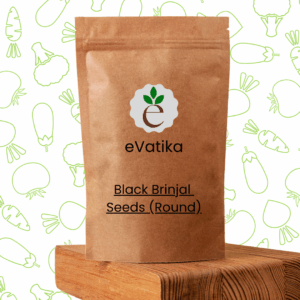
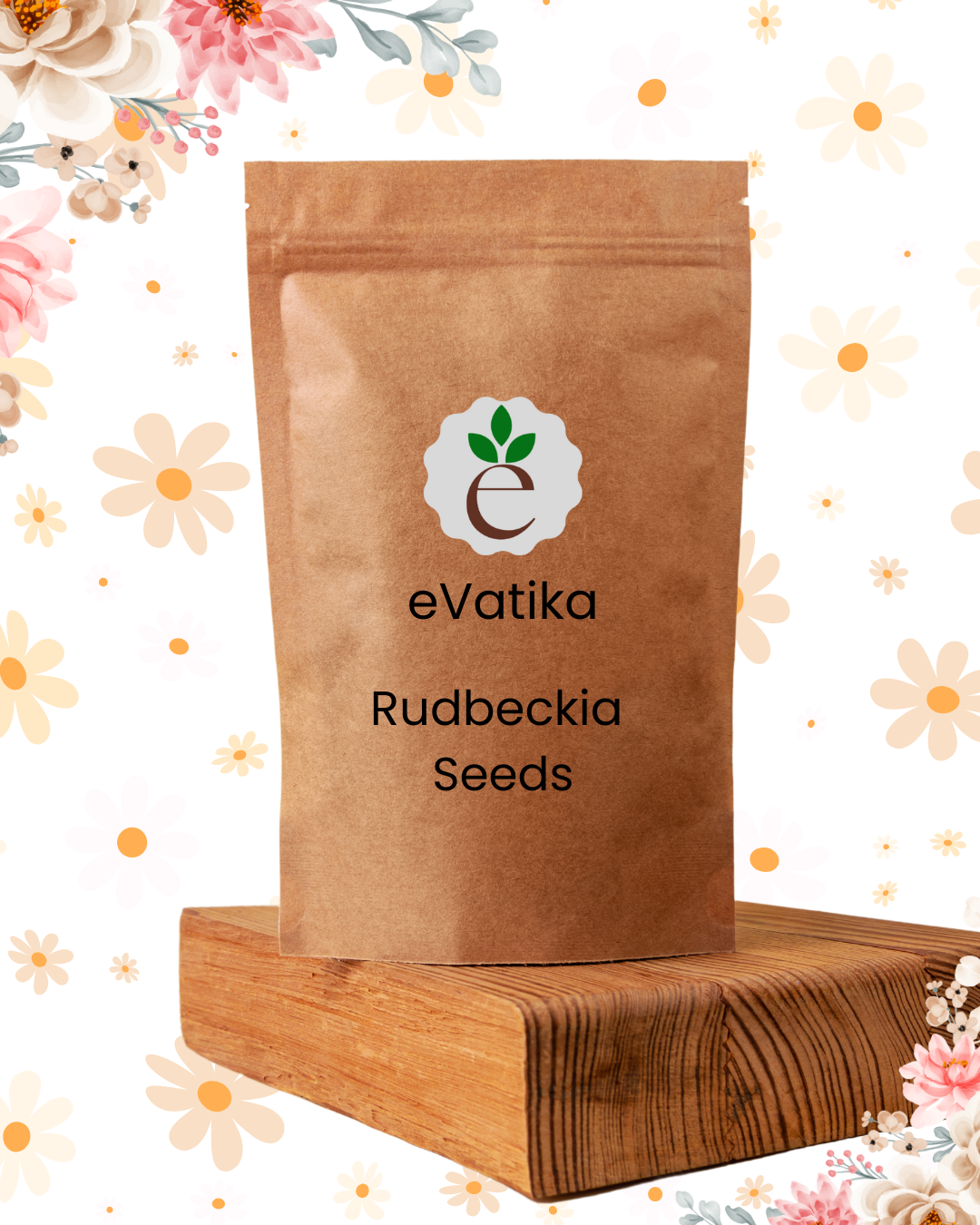
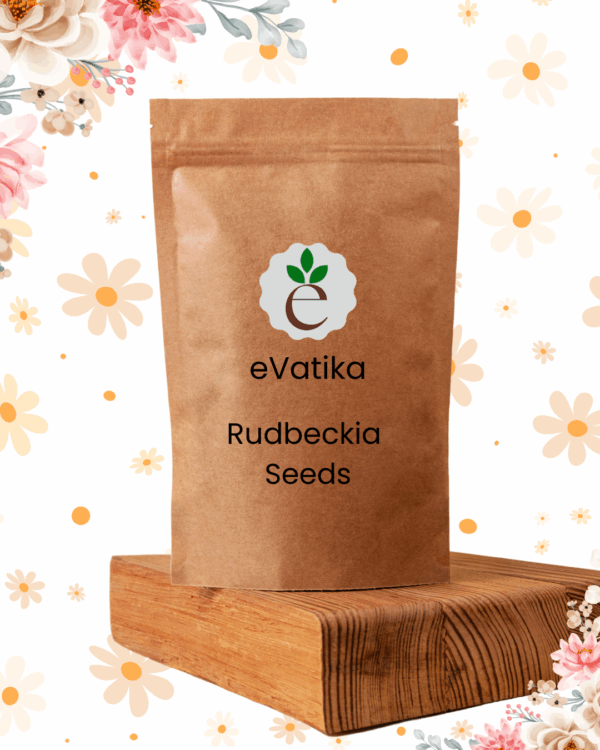
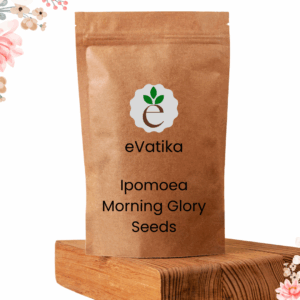
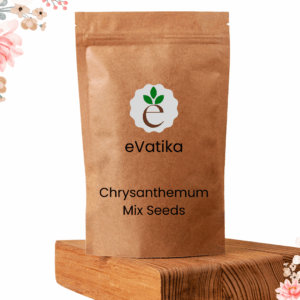
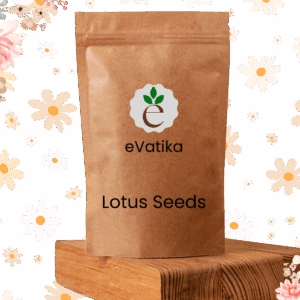
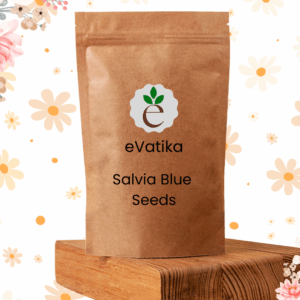



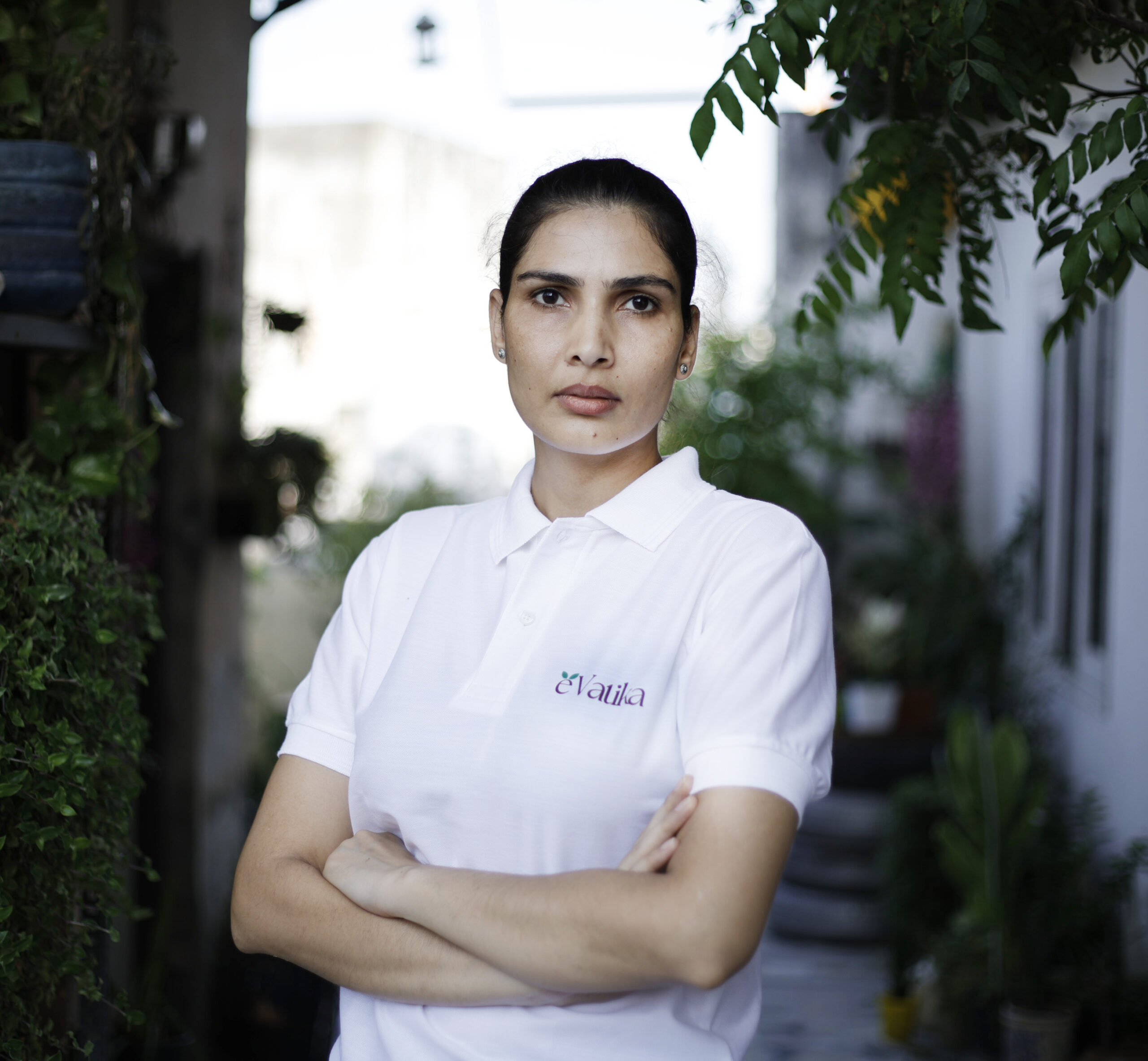


Reviews
There are no reviews yet.